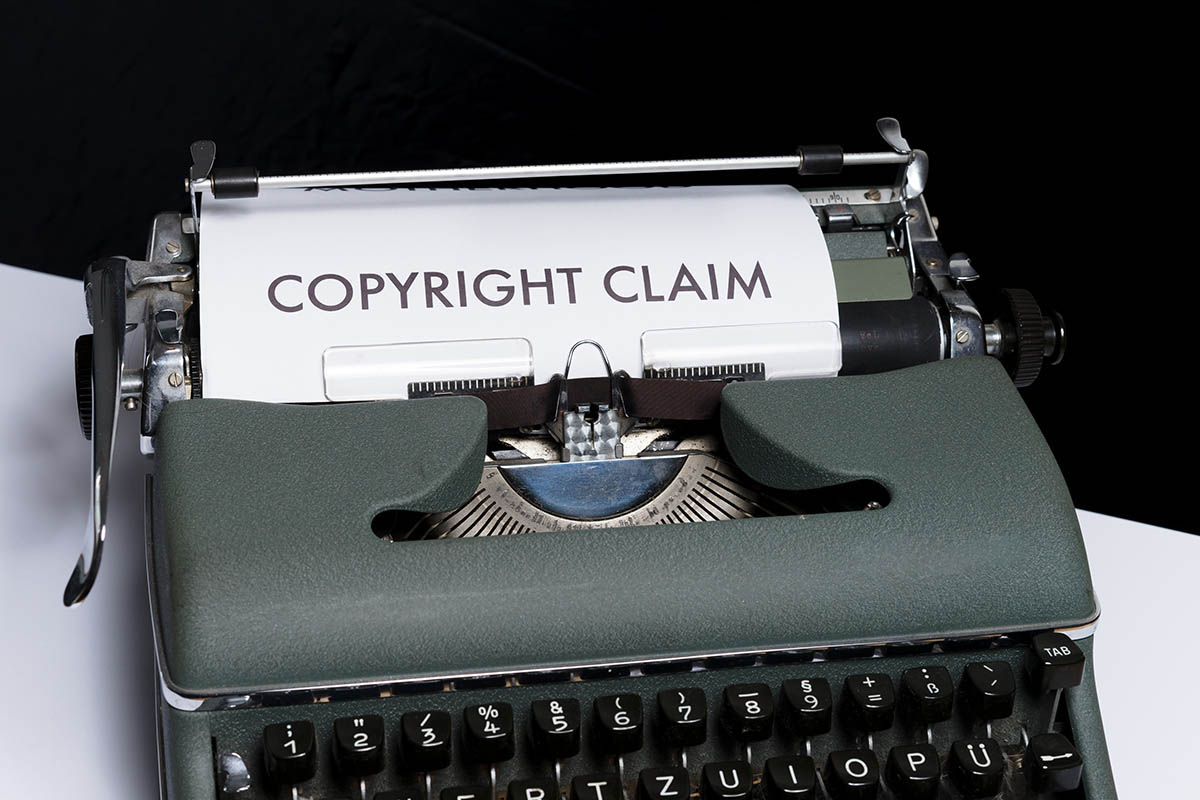Intellectual Property Litigation: Resolving Disputes and Enforcement Actions
Intellectual property (IP), comprising patents, trademarks, copyrights, and trade secrets, is critical to various innovative individuals and corporations.
These intangible assets encapsulate the very foundation of innovation and brand identity.
The stringent safeguarding of such assets has shifted from being a mere luxury to an absolute imperative.
Still, high-value assets often attract contention, as intellectual property disputes are uncommon, with approximately 12,000 cases recorded annually.
However, navigating IP disputes and infringement cases is intricate and challenging.
The rules and regulations that govern intellectual property rights are not only numerous but also quite complex.
Misinterpretation or a lack of comprehension can lead to detrimental consequences for a business or an individual.
Therefore, engaging the services of an IP lawyer, with their expert knowledge and experience in this specific field, is essential.
They can provide guidance, offer legal advice, and represent you effectively, ensuring your interests are well protected and you achieve the best possible outcome.
Before delving into that, understanding the fundamentals of intellectual property litigation is required.
The Basics of IP Litigation
IP litigation involves legal disputes concerning the infringement or misuse of IP rights.
A lawsuit can be initiated by the IP owner, commonly referred to as the plaintiff, against the alleged infringer, known as the defendant.
The process generally involves:
- Filing a complaint: The plaintiff files a complaint in a court of law detailing the nature of the infringement and the relief sought.
- Response by the defendant: The defendant can respond to the allegations and might file a counterclaim disputing the validity of the plaintiff’s IP rights.
- Discovery: Both parties gather evidence supporting their claims. This could involve depositions, interrogatories, document production, and more.
- Pretrial motions: Parties may try to resolve the dispute without going to trial, typically through motions for summary judgment or other pretrial motions.
- Trial: If the case goes to trial, both parties will present their evidence and arguments to the judge or jury.
- Verdict and judgment: The court gives its verdict, and if the defendant is found to be infringing, the court will issue a judgment for damages or injunctive relief.
Strategies for Resolving Disputes
Mediation
Mediation can be a cost-effective and timely method for resolving IP disputes.
A neutral third party assists the parties in reaching a mutual agreement.
The mediator doesn’t have the authority to impose a decision; the power to agree or not agree remains with the parties themselves.
In many cases, the parties can preserve their business relationship, and the process is often less costly and time-consuming than litigation.
Arbitration
In arbitration, a neutral third party or panel (the arbitrator(s)) hears the arguments and evidence presented by the parties and makes a decision.
Unlike mediation, the decision of the arbitrator(s) is typically binding.
Many businesses prefer arbitration because it’s faster, more confidential, and less costly than litigation.
Enforcement Actions
The IP right owner takes enforcement actions to prevent infringement and seeks compensation for any damages incurred due to the infringement.
These actions can involve litigation in the courts or seeking remedies through administrative agencies like the U.S. International Trade Commission or the U.S. Patent and Trademark Office.
To ensure victory, proprietors of rights frequently resort to the refined skills of intellectual property attorneys.
These professionals serve as crucial collaborators throughout the entirety of the proceedings.
If successful, the IP owner can secure a range of remedies, including:
- Injunctive relief: A court order prohibiting the infringer from continuing the infringing activity.
- Monetary damages: The infringer may be ordered to pay for the losses incurred by the IP owner due to the infringement or the profits the infringer gained from the infringement.
- Attorney’s fees: In some cases, the court may require the losing party to pay the prevailing party’s attorney’s fees.
- Destruction of infringing goods: In some instances, infringing goods may be seized and destroyed.
Conclusion
While IP litigation can be complex and expensive, it is often necessary to protect and enforce valuable IP rights.
Both individuals and businesses must consider their own unique circumstances and strategic objectives when deciding how to navigate the legal landscape of IP litigation.
A solid understanding of the process and various resolution strategies can help make informed decisions that align with immediate and long-term business goals.




















